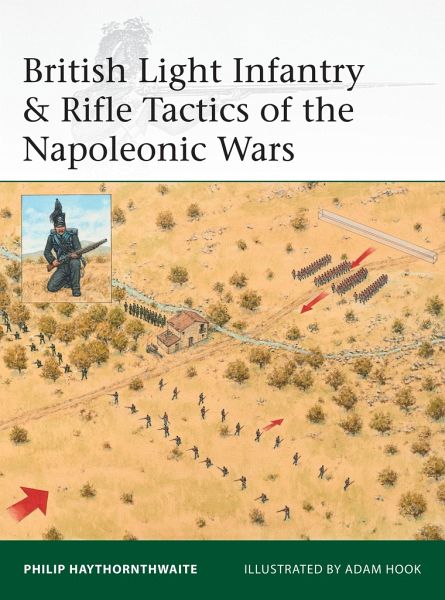
British Light Infantry & Rifle Tactics of the Napoleonic Wars
Versandkostenfrei!
Versandfertig in 2-4 Wochen
22,99 €
inkl. MwSt.
Weitere Ausgaben:

PAYBACK Punkte
11 °P sammeln!
Explains and illustrates the training and tactics of the Light Infantry and Rifle regiments, famously dramatized in the 'Sharpe' novels and TV films. This comprehensive guide will certainly appeal to modellers, wargamers, re-enactors and anyone interested in the Napoleonic wars.













